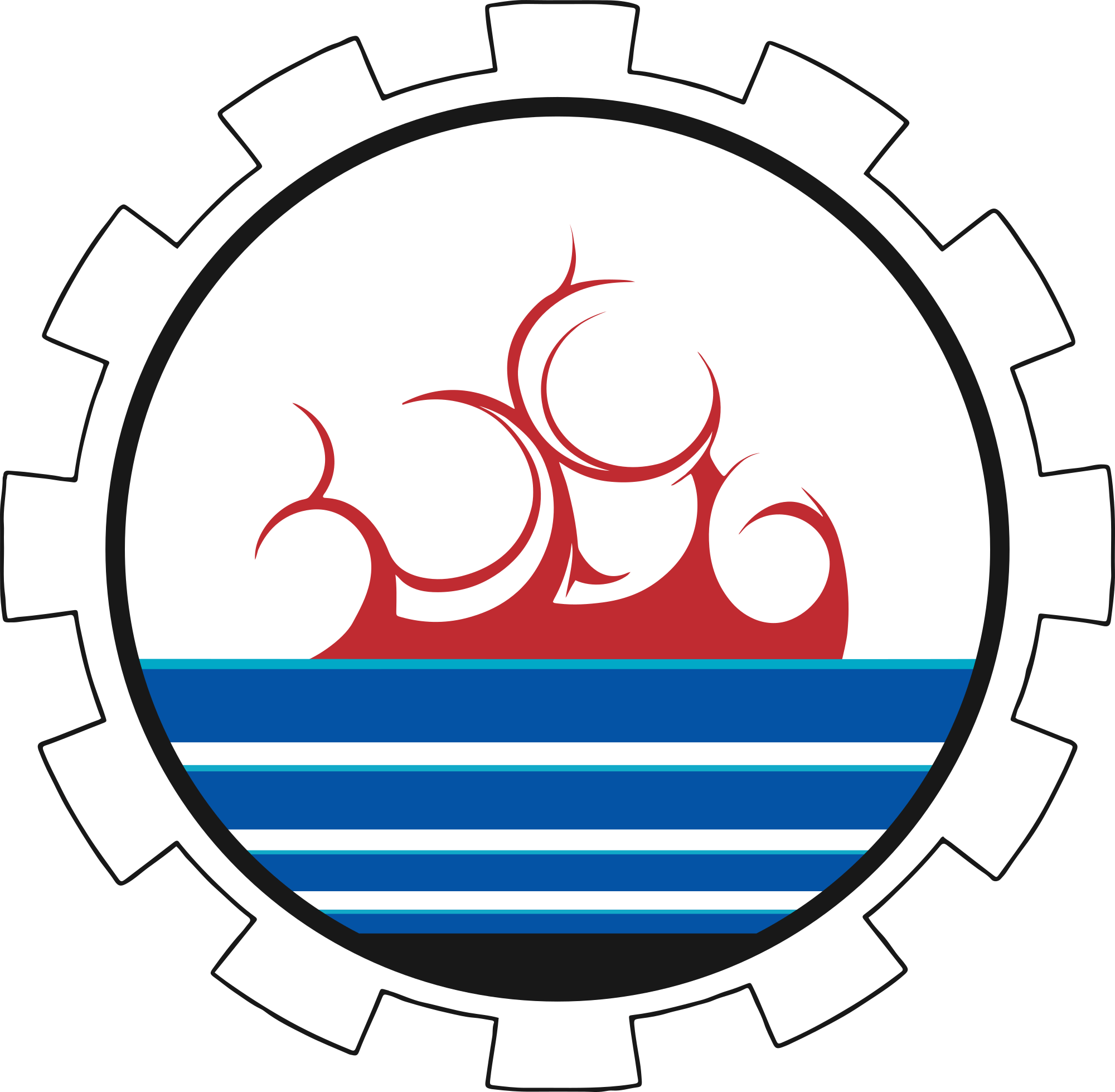The Chapter’s History
In 1877, the Royal Institute of Technology (KTH) is created from the former Technological Institute when King Oscar II gives the school the epithet ‘Royal’ as a 50th anniversary gift. Studies at KTH are very demanding and students are treated poorly. KTH has a so-called duty system, which means that you have to attend all classes. If you do not attend, you are fined one krona. In addition, the names of fined students are written on lists posted in the corridors. The students tried to abolish the duty system on several occasions, but without success. The abuses, the heavy workload and the duty system lead to a group of students beginning the work to form a student union.
In November 1901 the work on the Union statues start, and so on Januari 30 1902 13:30 in auditorium R at KTH’s old premises on Drottninggatan, the precursor to THS (“Tekniska Högskolans Elevkår”) is formed.
According to Tord Beckman (F-35), the establishment of Engineering Physics at KTH was the work of one man: Gudmund Borelius, professor of physics at KTH. Beckman says that Borelius understood that Swedish industry should invest in research and development. This was not obvious in the 1920s, let alone the need for engineers with special training, demanding a special department at the Royal Institute of Technology. Borelius tried to pursue this vision but faced various difficulties: the country was in a severe depression, so money was quite tight. That problem was solved by assembling the curriculum from subjects that already existed at KTH.
The second major problem was the lack of space. The Student Union did not have its own building, but had to move into premises upstairs in the D building. But in 1931 the student union building was completed, and that problem was solved. In June 1932, the department of Engineering Physics was created at a royal conference in Båstad. Already in the fall, the first physicists were brought in. Their number was limited to 4 as it was not certain that industry would employ engineers with such an education. In comparison, the number of new arrivals at M was 35 during that period.
September 1932 comes and four physicists arrive at the Royal Institute of Technology. No one really knew where they belonged in the student union, but by chance one of them knew some machinists (M-Osquars). Thus, these four physicists signed up for the Machine’s nollegasque. The union agreed and changed its statutes so that Engineering Physics students belonged to the M-chapter.
In the fall of 1942 there were about 50 physicists (F-Osquars) in the M-chapter. They then felt that it was reasonable to have a representative for Engineering Physics in the M-chapter’s board. The answer was no. The answer annoyed the physicists and at a meeting on December 12, 1942, it was concluded that there were enough of them to ignore M and form their own chapter.
During the spring semester of 1943, the F-chapter was formed with a chairman, reception organizer and other positions. Its first chairman was Axel von Heijne. But there was still a problem: the union’s statutes needed to be changed. The next union meeting (Kårfullmäktige?) would not happen until December and the physicists did not want to wait that long. As a result, an extra union meeting was called. The difficulty here was to get enough people present for the meeting to be quorate. This was solved by setting the time of the meeting for lunchtime. Beckman writes that energetic F-Osquars went through the student union building and managed to tear Osquar away from food, newspaper reading, etc. and get to the so-called session hall in the student union building. The room was intended for chapter meetings but was quite adequate. Everything went well. A civil engineer wanted F to be placed last among the chapters because we were the youngest, but his words fell on deaf ears.
In a solemn vote, the F-Chapter became part of the Union. The day was the last day of the semester: June 8, 1943, which is the birthday of the Physics Chapter.
